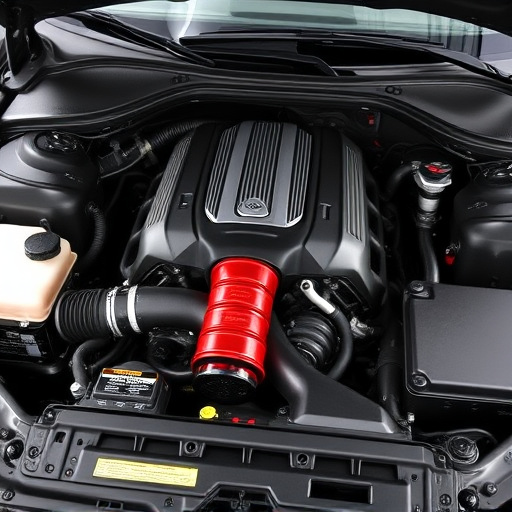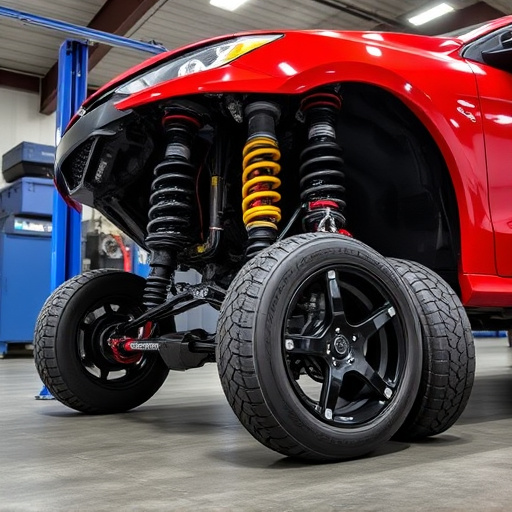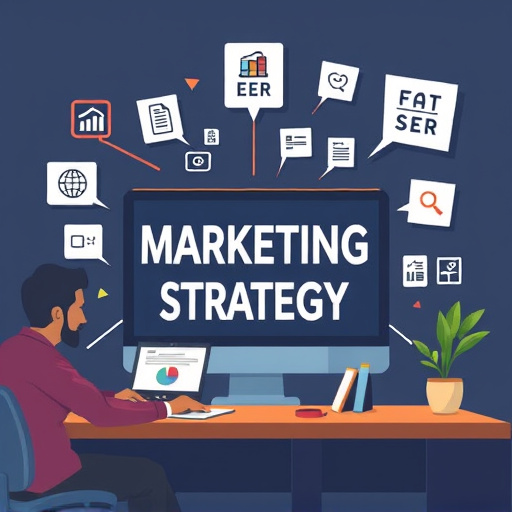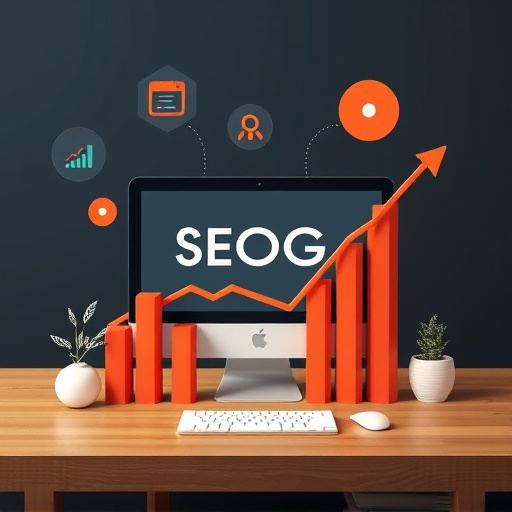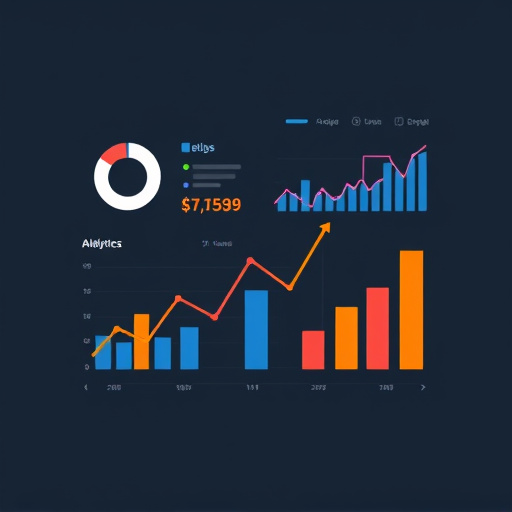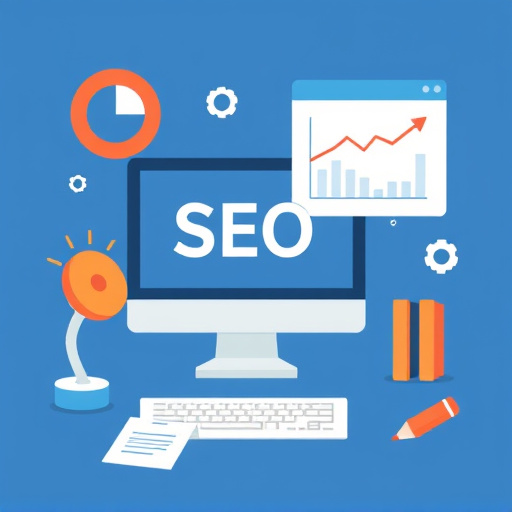Headers are vital for on-page SEO optimization, guiding search engines and users by structuring content. The H1 tag, a key indicator of a page's topic, should be concise, relevant, and keyword-rich. Strategic headers improve user experience, enhance engagement, and boost local SEO results in search rankings.
Headers play a pivotal role in on-page SEO optimization, structuring content and guiding both search engines and users. Understanding header tags is crucial for improving visibility and engagement. This article delves into the significance of headers, focusing on H1 as the main title’s impact, while exploring how strategic usage enhances user experience. By optimizing headers, you can significantly influence your on-page SEO results, making your content more accessible and relevant to search algorithms.
- Understanding Header Tags and Their Role in SEO
- Optimizing H1: The Main Title's Impact
- Enhancing User Experience with Strategic Headers
Understanding Header Tags and Their Role in SEO
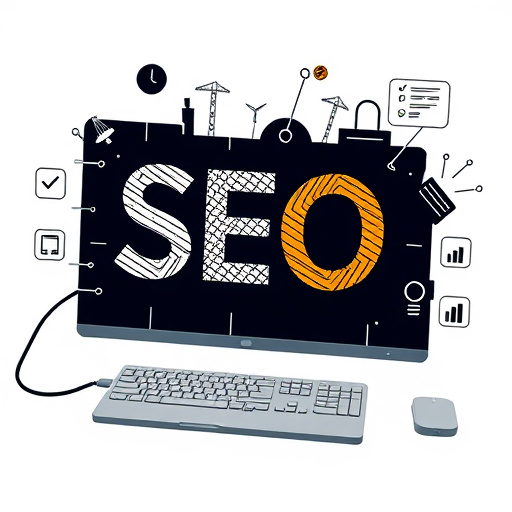
Headers play a pivotal role in on-page SEO optimization, acting as structured data that helps search engines like Google understand and interpret web page content. These tags, typically denoted by
to
, provide hierarchical information about the topic and importance of different sections within a webpage. Utilizing headers effectively can significantly enhance your site’s visibility and ranking in search results.
For instance, the
tag should ideally encapsulate the primary keyword or theme of the page, signaling to both users and search engines what the content is primarily about. Subsequent headers (
,
, etc.) then break down the content into manageable sections, making it easier for both humans and machines to scan and comprehend. This structured organization not only aids in organic SEO services but also boosts local SEO efforts by ensuring your Google Business Profile optimization aligns with the on-page content, leading to improved search results within specific geographic areas.
Optimizing H1: The Main Title's Impact
, etc.) then break down the content into manageable sections, making it easier for both humans and machines to scan and comprehend. This structured organization not only aids in organic SEO services but also boosts local SEO efforts by ensuring your Google Business Profile optimization aligns with the on-page content, leading to improved search results within specific geographic areas.
Optimizing H1: The Main Title's Impact
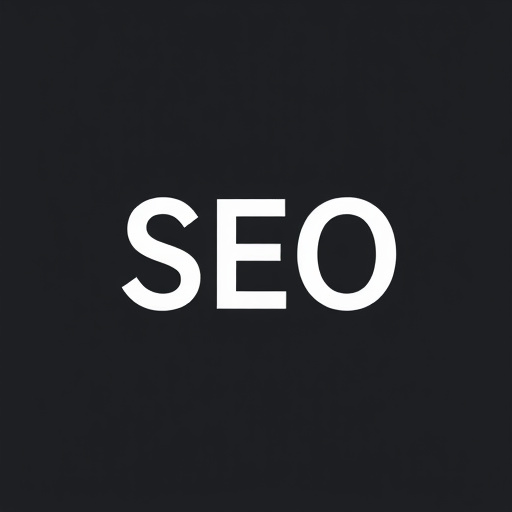
The H1 tag, or Main Title, is a critical component of on-page SEO optimization. It acts as a beacon for both search engines and users, immediately conveying the topic and purpose of the page. When optimizing an H1, it’s essential to keep it concise, relevant, and keyword-rich without appearing spammy. Incorporating target keywords naturally into the H1 not only helps search engines understand the content but also increases the likelihood of attracting visitors through improved search rankings.
A well-optimized H1 should accurately represent the page’s content while aligning with user expectations. For instance, if a web design company is optimizing a blog post about “top trends in professional web design,” the H1 tag could be “Top Trends in Professional Web Design: Elevate Your Online Presence.” This approach not only highlights the subject but also encourages potential clients searching for “web design near me” or interested in “website speed optimization” to click through, thereby enhancing overall on-page SEO results.
Enhancing User Experience with Strategic Headers
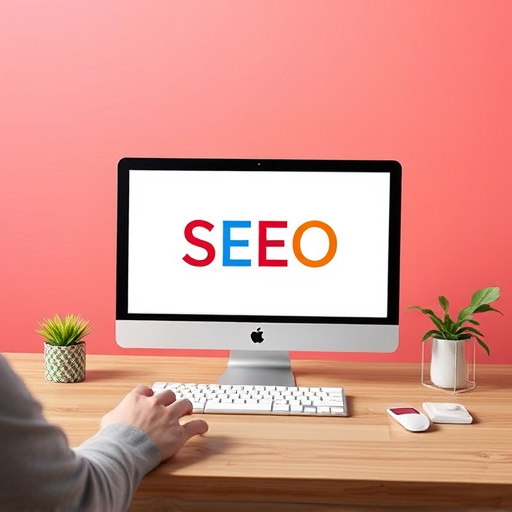
Strategic headers play a pivotal role in enhancing user experience, which is a key factor in on-page SEO optimization. Well-structured headings guide users through the content, making it easier for them to navigate and find relevant information. This not only improves user engagement but also signals search engines about the context and hierarchy of the page, boosting local search visibility for targeted keywords.
For instance, a website designer in Davie, FL, can leverage headers to organize their portfolio section effectively. By using H2s for individual project overviews and H3s for subtopics within each project, visitors can quickly scan through different sections. This strategic use of headings not only aids local SEO services but also ensures that users have a seamless experience, encouraging them to explore more of the website’s content.
Headers play a pivotal role in not only structuring content for better readability but also enhancing on-page SEO optimization. By strategically using H1, H2, and subsequent header tags, websites can improve user experience while signaling to search engines the hierarchy and relevance of information. This balanced approach ensures that your content is both accessible and optimized, contributing significantly to better search engine rankings and higher conversion rates.

